In an era of mass production and digital uniformity, the desire for individuality has never been stronger. This fundamental human need is driving a powerful trend across numerous industries: customization, redefining personal style. No longer content with off-the-shelf solutions, consumers are actively seeking products, services, and experiences tailored precisely to their unique preferences, tastes, and needs. This comprehensive article delves into the profound impact of customization, exploring its historical trajectory, the psychological motivations behind its appeal, and its diverse manifestations across various design disciplines. We’ll uncover how designers, brands, and individuals are embracing personalization to craft truly unique aesthetics, foster deeper connections, and empower self-expression in a rapidly evolving market.
The Roots of Personalization
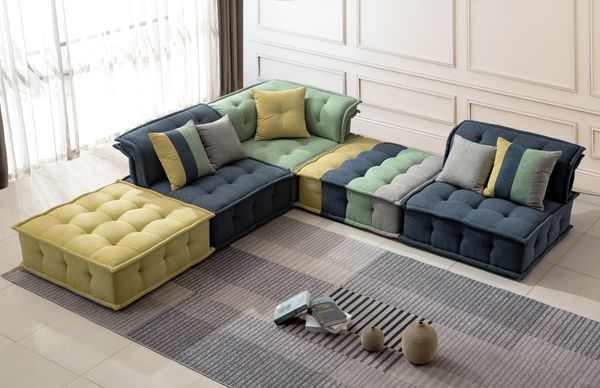
While modern customization is powered by technology, the inherent human desire for personalized items has deep historical roots, reflecting status, identity, and unique craftsmanship.
A. Pre-Industrial Era: Artisanal Craftsmanship: Before mass production, most goods were handmade. This naturally led to a high degree of customization, as tailors, cobblers, carpenters, and jewelers crafted items specifically to individual measurements, preferences, and social status. Owning something unique was the norm.
B. Heraldry and Family Crests: Medieval heraldry provided a very early form of personal and family branding, with unique designs applied to shields, banners, and even clothing to denote identity and lineage.
C. Bespoke Tailoring and Haute Couture: For centuries, high-end fashion has revolved around bespoke creations, where garments are meticulously crafted to an individual’s exact measurements and style desires, epitomizing personal luxury and unique style.
D. Early Industrial Mass Production and Standardization: The Industrial Revolution, while making goods more affordable and accessible, shifted away from customization towards standardization. This created a tension between efficiency and individuality that continues today.
E. Post-War Consumerism and Counter-Culture: As mass-produced goods became ubiquitous, subcultures emerged that sought to personalize items as a form of rebellion or self-expression (e.g., custom hot rods, punk rock DIY fashion).
F. Early Digital Customization (1990s): The internet’s advent allowed early forms of digital customization, like building a personalized computer online or selecting specific features for a car. However, these were often limited to predefined options.
This historical journey highlights a cyclical pendulum swing between mass production and personalization, with the current era leveraging technology to democratize high levels of customization.
The Psychology of Customization
The powerful appeal of customization isn’t just about functionality; it taps into deep-seated psychological needs and desires.
I. Self-Expression and Identity
A. Demonstrating Individuality: In a world where many products look alike, customized items allow individuals to express their unique personality, values, and tastes, differentiating themselves from the crowd.
B. Ownership and Connection: When an item is customized, users feel a stronger sense of ownership and personal connection to it. It becomes an extension of their identity, increasing emotional value.
C. Narrative and Storytelling: Customized items often come with a personal story behind their creation or selection, which individuals can then share, further reinforcing their unique identity.
D. Creative Outlet: The act of co-creating or designing a customized product provides a creative outlet for consumers, making them feel like an active participant rather than a passive recipient.
Customization empowers individuals to craft a style that truly reflects who they are, rather than conforming to predefined trends.
II. Control and Empowerment
A. Sense of Agency: In a world where many choices are made for us, the ability to customize provides a sense of control and agency, making consumers feel more powerful and in command of their purchasing decisions.
B. Problem-Solving: Customization often allows consumers to solve specific pain points or meet niche needs that off-the-shelf products cannot address, leading to a feeling of having found the perfect solution.
C. Reduced Buyer’s Remorse: When a product is tailored to exact specifications, the likelihood of buyer’s remorse decreases, as the consumer actively participated in its creation.
Empowerment through choice fosters greater satisfaction and loyalty.
III. Perceived Value and Luxury
A. Exclusivity and Uniqueness: Customized items are inherently more exclusive and unique, lending them an air of luxury and perceived higher value, even if the base product is mass-produced.
B. Personalized Fit and Function: For functional items (e.g., shoes, furniture), customization can lead to a perfect fit or optimal functionality that a generic product cannot offer, justifying a higher price point.
C. Gift-Giving Significance: Customized gifts carry a deeper emotional meaning, showing thoughtfulness and effort on the part of the giver, enhancing their perceived value.
The perceived exclusivity and tailored fit of customized items often elevate their status and desirability.
IV. Engagement and Co-Creation
A. Increased Engagement: The customization process itself can be highly engaging, turning shopping into an interactive and enjoyable experience rather than just a transaction.
B. Brand Loyalty: When consumers participate in the creation of a product, they develop a stronger emotional bond with the brand, fostering greater loyalty and advocacy.
C. Community Building: Platforms that allow for customization often foster communities around shared interests or unique designs, creating a sense of belonging.
The act of co-creation transforms the consumer into a collaborator, deepening their connection to the product and brand.
Customization’s Broad Impact Across Design Disciplines
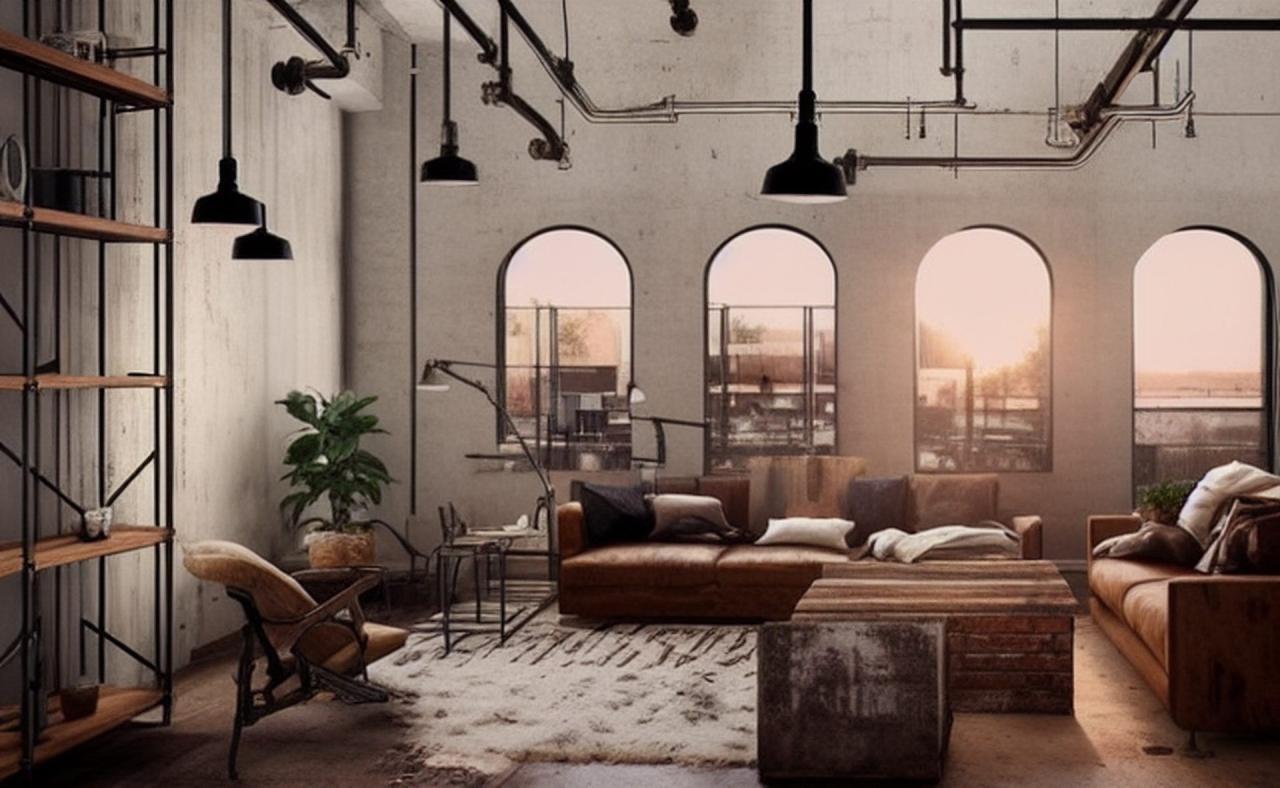
The trend of customization is pervasive, influencing nearly every sector of design and changing how products, spaces, and services are conceived and delivered.
I. Fashion and Apparel
The fashion industry has embraced customization to allow consumers to express their unique style, moving beyond traditional sizing and seasonal trends.
A. Bespoke and Made-to-Measure: The resurgence of bespoke tailoring for suits, shirts, and dresses, offering a perfect fit and personalized design details.
B. Mass Customization in Footwear: Brands like Nike and Adidas allow customers to design their own sneakers, choosing colors, materials, and even adding personalized text.
C. DIY and Upcycling: A strong trend of personalizing existing garments through embroidery, patches, painting, or deconstruction, reflecting a desire for unique pieces and sustainability.
D. Print-on-Demand Apparel: Online platforms enable individuals to create custom T-shirts, hoodies, and accessories with their own designs or chosen graphics.
E. Personalized Jewelry: Custom engravings, birthstone additions, and charm selections are popular ways to personalize necklaces, rings, and bracelets.
F. Virtual Try-On and Avatar Customization: AI-powered virtual try-on allows users to see how clothes look on their personalized avatars before purchasing, enhancing the customization experience.
Customization in fashion empowers consumers to become co-designers, wearing their identity on their sleeve.
II. Interior Design
Homeowners are increasingly seeking customized interiors that reflect their lifestyle, tastes, and functional needs.
A. Custom Furniture: Commissioning bespoke sofas, cabinetry, and built-in units designed to fit specific spaces and meet unique storage or aesthetic requirements.
B. Personalized Textiles: Custom fabric prints for upholstery, curtains, and cushions, allowing for unique patterns, colors, and textures that match a specific design vision.
C. Modular and Configurable Systems: Furniture and shelving systems that can be reconfigured and customized in terms of layout, finishes, and components to adapt to changing needs and spaces.
D. Bespoke Lighting: Custom-designed light fixtures, chandeliers, or integrated lighting systems that are tailored to the architectural features and desired ambiance of a space.
E. Personalized Art and Decor: Commissioning custom artworks, murals, or selecting decor that specifically reflects the homeowner’s travels, hobbies, or family history.
F. Smart Home Personalization: Customizing smart lighting scenes, climate control schedules, and entertainment preferences to create a home environment that dynamically adapts to individual habits and moods.
Customization transforms a house into a truly personalized home, a unique reflection of its occupants’ lives.
III. Product Design
From cars to consumer electronics, product designers are integrating customization options to enhance user experience and brand loyalty.
A. Automotive Configuration: Car manufacturers offer extensive customization options for models, including exterior color, interior trim, wheel design, and technology packages, allowing buyers to build their dream car.
B. Customizable Electronics: Laptops with personalized engravings, smartphone cases with custom designs, and smartwatches with interchangeable bands and watch faces.
C. 3D Printed Custom Products: The rise of 3D printing enables highly personalized products, from custom-fit earphones and prosthetics to bespoke phone accessories and home decor.
D. Personalized Food and Beverages: Custom coffee blends, personalized nutrition plans, and craft beverages tailored to individual taste preferences.
E. Modular Product Design: Products designed with interchangeable components that allow users to customize functionality, color, or style over time (e.g., modular cameras, customizable smart devices).
F. Tool and Equipment Customization: Professionals in various fields can customize tools or equipment to optimize for specific tasks or ergonomic needs.
Customization in product design empowers consumers to move from passive buyers to active participants in shaping the items they use every day.
IV. Digital Design (UI/UX)
In the digital realm, customization enhances user experience, accessibility, and personal engagement.
A. Personalized User Interfaces (UIs): Dashboards, apps, and websites that allow users to customize layout, theme (dark mode, light mode), widget placement, and notification settings to suit their workflow and visual preferences.
B. Customizable Avatars and Profiles: Allowing users to create unique digital representations of themselves in games, social media, and virtual environments, fostering identity expression.
C. Personalized Content Feeds: Social media platforms and news aggregators that tailor content based on user interests, past interactions, and preferences.
D. Adaptive Learning Platforms: Educational software that customizes learning paths, content delivery, and pacing based on an individual student’s progress and learning style.
E. Customizable Software and Operating Systems: Users can personalize desktop backgrounds, icon sets, keyboard shortcuts, and software settings to optimize their digital workspace.
F. AI-Driven Personalization: AI algorithms analyze user behavior to proactively suggest or implement personalized settings, content, or recommendations, often anticipating user needs.
Digital customization creates interfaces that feel uniquely tailored to each user, enhancing engagement and efficiency.
The Technology Enabling Personalization
The current surge in customization is largely driven by advancements in technology that make it economically viable and scalable.
A. Artificial Intelligence (AI) and Machine Learning (ML):
* Recommendation Engines: AI analyzes vast amounts of data to provide highly personalized product recommendations, content, or style suggestions.
* Generative Design for Personalization: AI can generate unique design variations based on user input or preferences (e.g., custom patterns, personalized artistic elements).
* Automated Sizing and Fitting: AI-powered body scanning and image analysis can provide precise measurements for custom apparel or ergonomic product design.
B. 3D Printing (Additive Manufacturing): Enables on-demand, cost-effective production of highly customized, complex geometries, from prototypes to end-use consumer products. This democratizes bespoke manufacturing.
C. CAD/CAM Software and Digital Fabrication: Sophisticated design software combined with computer-aided manufacturing allows for precise, automated production of customized items with minimal human error.
D. Configurators and Online Design Tools: User-friendly online interfaces that allow customers to visualize and design their custom products in real-time, often with 3D rendering capabilities.
E. Big Data and Analytics: Collecting and analyzing vast amounts of consumer data provides insights into preferences, enabling brands to offer more relevant and desirable customization options.
F. Robotics and Automation: Automated production lines can be reprogrammed quickly to switch between custom orders, making mass customization economically feasible.
G. Blockchain for Provenance and Authenticity: For high-value customized goods, blockchain can provide transparent and immutable records of materials, craftsmanship, and ownership, enhancing value.
These technologies are transforming customization from a niche luxury service into an accessible, scalable, and integral part of modern consumption.
Challenges and The Future of Customization
While customization offers immense benefits, it also presents challenges and exciting future possibilities.
A. Complexity and Overchoice: Too many customization options can overwhelm consumers, leading to decision fatigue or abandonment. Designers must simplify the customization journey.
B. Cost and Lead Time: Highly customized products can still be more expensive and take longer to produce than mass-produced items, though technology is reducing this gap.
C. Returns and Rework: Customized items are harder to return or resell, requiring brands to have robust processes for quality control and customer support.
D. Sustainability and Material Waste: While on-demand manufacturing (like 3D printing) can reduce waste, poorly managed customization processes can still lead to excess material use or orphaned components.
E. Data Privacy and Security: Collecting detailed customer preferences and biometric data for customization raises significant privacy and security concerns that must be addressed transparently.
F. Brand Identity Dilution: Allowing too much customization might dilute a brand’s core aesthetic or quality control, requiring careful balance.
The future of customization promises even deeper levels of personalization, driven by advanced technologies and evolving consumer expectations.
G. Hyper-Personalization at Scale: AI will enable a future where products and experiences dynamically adapt to individuals in real-time, learning and evolving with user needs, often without explicit configuration.
H. “Invisible” Customization: Technology will increasingly work in the background to customize experiences (e.g., adaptive environments, predictive interfaces) without the user needing to actively engage in a customization process.
I. Modular and Repairable Designs: Products designed for easy customization will also be designed for easy repair and upgrades, promoting longevity and circularity.
J. Bio-Customization: Leveraging biological data (e.g., DNA, microbiome) to create truly unique, tailored products in areas like nutrition, medicine, or even personalized scents.
K. AI-Human Co-Creation: The collaboration between AI (generating design options) and human users (refining and selecting) will become even more seamless, leading to unprecedented levels of bespoke creations.
Conclusion
Customization is more than a trend; it’s a fundamental shift in the consumer-brand relationship, moving towards a world where products and experiences are not just consumed, but actively shaped by the individual. It’s about empowering personal style, fostering deep connections, and truly redefining what it means to own something unique.

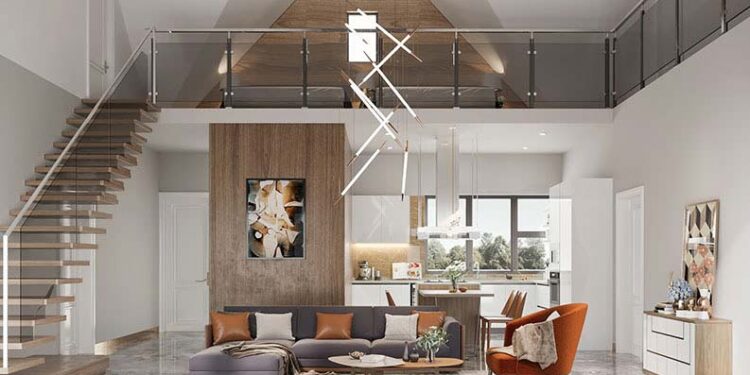
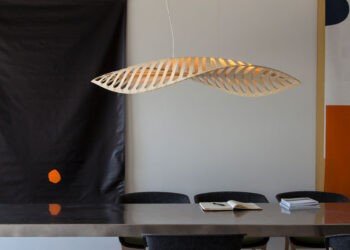


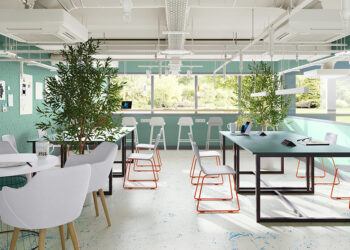
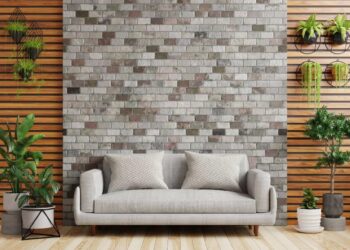


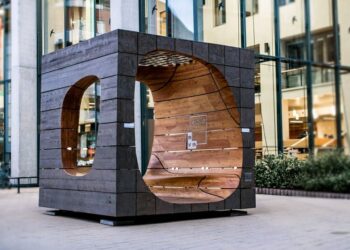

Discussion about this post